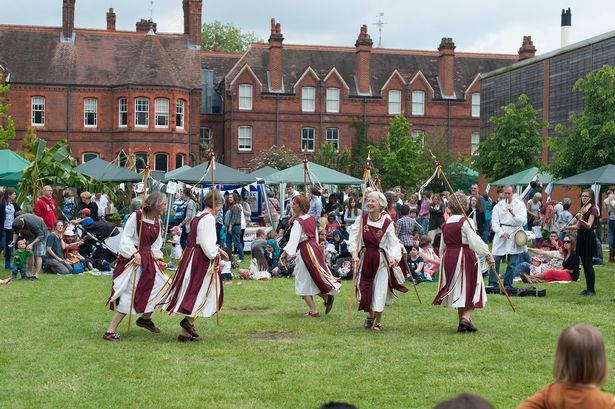
The UK’s leading museum of food, farming and the countryside reopens after £3 million redevelopment project.
On 19 October, the Museum of English Rural Life in Reading, the country’s first and most extensive museum dedicated to agriculture and rural life, reopens after a £3 million redevelopment programme with £1.8 million from the Heritage Lottery Fund (HLF).
Housing an internationally recognised collection of over one million items, the Museum was established in 1951 and grew out of the University of Reading’s long tradition of academic excellence in agriculture.
Designed by award-winning practice Pringle Richards Sharratt Architects, the Museum reopens with 341m2 additional new space including a gallery, social learning space developed in partnership with students from the University of Reading, open access collections area; enlarged education studio, shop and reception area; and new features in the garden including a shepherd’s hut and community growing spaces.
The Museum has also radically transformed its public displays, with nine new galleries curated around the concept of Our Country Lives.
Each gallery explores a different theme including Making Rural England, A Year on the Farm, Forces for Change and Wagon Walk & Digging Deeper.
Interactive, immersive displays explore questions of identity, environment, technology, culture and health, and aim to challenge perceptions about rural England by revealing the historical and contemporary relevance of country life.
Interpretive ideas and themes
Penny Richards of Pringle Richards Sharratt Architects said: "Our vision was to create opportunities to explore the collection through a series of interpretive ideas and themes.
"Each is contained within a newly created architectural space, providing a stimulating visual experience and showing the collection in an innovative and intriguing way."
'Our Country Lives' weaves stories, memories, archive film and photographs from rural lives through new displays which aim to revitalise the way visitors engage with the Museum’s extraordinary collections and show how this can deepen engagement with today's countryside.
They will offer new perspectives on how agricultural tools and machinery, wagons, ploughs and traditional crafts such as woodturning, hurdle-making and thatching, baskets, strawcraft and leatherwork formed the essential fabric of rural lives.
Visitors will be asked to contribute ideas on what should be collected today, inspired by agricultural events attended by the Museum in the 1950s.
'Much-needed' redevelopment
Director of the Museum of English Rural Life, Kate Arnold-Forster said: "The significant and much-needed redevelopment of the Museum and its displays aims to create dynamic visitor experiences that help to change perceptions about the countryside and agriculture.
"We also hope to engage new generations with the rural past and present, and promote debate about the production of food and its future."
The Museum of English Rural Life is relaunching with a new brand identity designed by Thomas Manss & Company who are also working in partnership with PRS Architects on the new graphics for the Museum.
The Museum of English Rural Life is funded by Heritage Lottery Fund (HLF), DCMS Wolfson Museums and Galleries Improvement Fund, Wellcome Trust, The Headley Trust and The Earley Charity.
Stuart McLeod, Head of HLF South East, said: "HLF has been a long-term supporter of the Museum of English Rural Life, having previously funded its relocation into central Reading in 2005.
"It contains an astonishing array of items which together tell an important part of the history of England.
"It’s great to see the difference National Lottery money has made to this museum - creating a wonderful space that will enthrall and educate visitors for many years to come."
